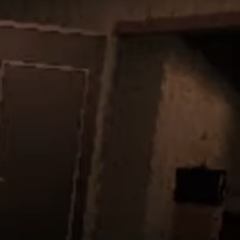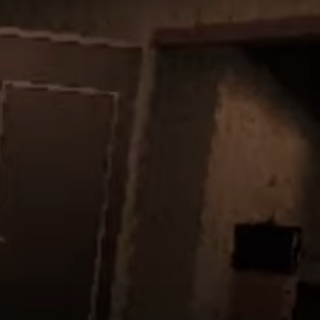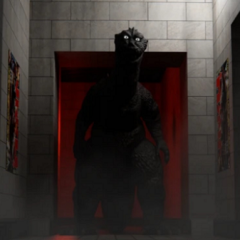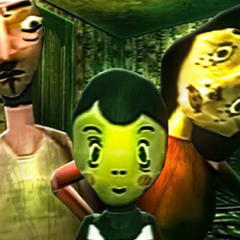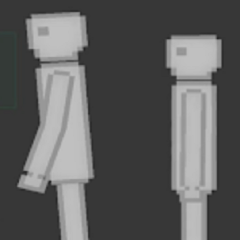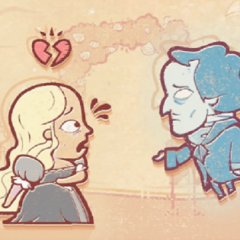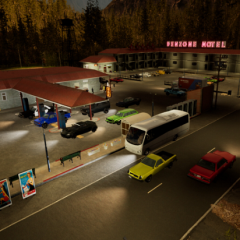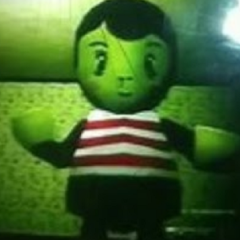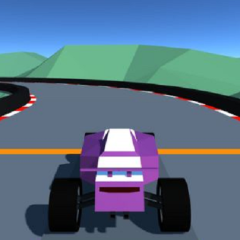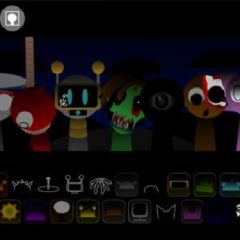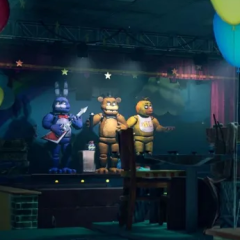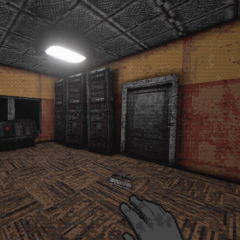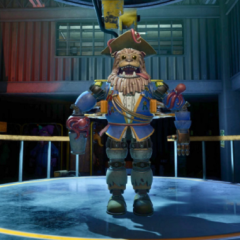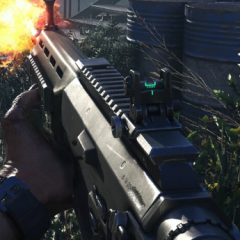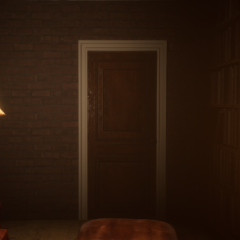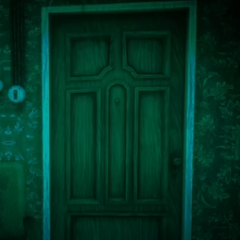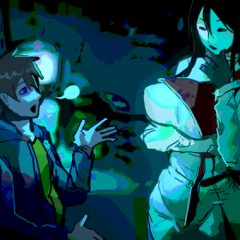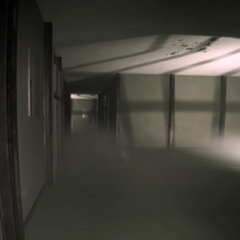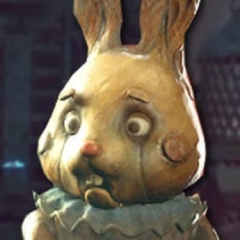Father Figure is a short interactive game that focuses on emotional disconnection and the quiet breakdown of reality. The player takes on the role of a person left alone after the death of their parents. The game does not guide the player through objectives or missions. Instead, it slowly shows how the character’s surroundings begin to change—people disappear, spaces empty out, and the environment feels less stable. The sense of progression is not measured by action, but by loss. Each moment in the game removes something else from view or reach.
Environment and control system
The player navigates the world from a first-person perspective. Movement is handled through traditional keyboard controls, and actions are limited to clicking and walking. There are no puzzles or battles. What the player experiences is largely observational. Over time, the house where the story unfolds begins to reflect the emotional state of the character. Rooms feel colder, objects go missing, and even audio cues fade away. At key moments, the game activates the player’s microphone, asking them to speak—not to solve something, but to participate in the silence.
Design choices and structure
Father Figure was created using tools suited for short narrative work. It runs on multiple platforms and relies on PSX-style visuals to reinforce a feeling of distance and memory. Its low-resolution textures and sharp polygon edges are not simply aesthetic—they match the theme of something breaking down or becoming unclear. The game is structured as a single session lasting just a few minutes, but the design aims to make that time feel dense and slow, reinforcing the emotional focus.
Core aspects of the experience include:
· Minimalist first-person interaction
· A narrative focused on grief and emotional collapse
· PSX-era inspired visuals and sound design
· Microphone-based player involvement
· One continuous environment that degrades over time
These features are meant to work together in silence rather than spectacle.
Impact and interpretation
Rather than delivering a defined story, Father Figure gives the player space to feel something personal. There is no character dialogue or direct explanation of events. Instead, the player witnesses the steady removal of what once felt normal. The act of speaking into the microphone becomes symbolic—something is asked of the player, even if no answer is expected. For some, the experience may reflect mourning, loneliness, or the confusion that follows a major change. It does not present a solution, only the slow realization that nothing stays the same.

